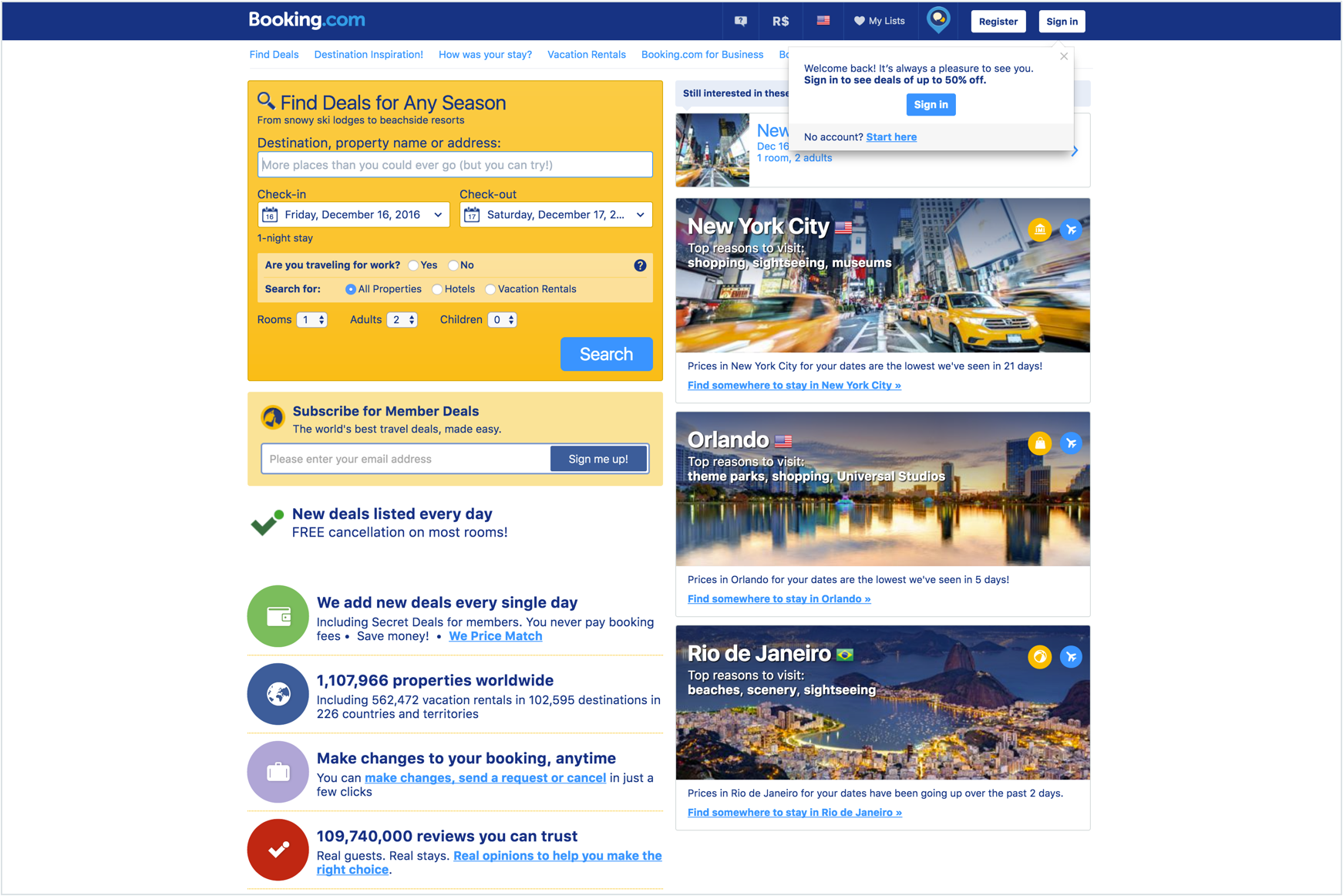Why Modernize Legacy Applications? 8 Critical Business Benefits
Marcelo Gracietti | Mar 18, 2025

When developing an interface, I used to be really attached to the visual part–perfect layout, distributed weight of objects, adequate alignments and counted pixels. I had been considered once an overly-meticulous designer, always checking thoroughly if the developer was implementing the project with a high fidelity to the delivered mockups. Until then, I thought this was enough to be a good professional–after all, Design should be all about visuals
This line of thought, established by previously working at companies where accepting crazy estimates was part of the job and the main goal was to please clients (the ones who were paying) made me forget what Design is really about: methodologies, tests and process. Following the latter vision makes you leave aside personal taste, opinions and assumptions to focus on metrics and the real client: the end user. Not always what we believe is the most pleasant look leads to the best results, and that starts to make sense when you have a logical explanation powered by metrics.

Sometimes, especially when dealing with the digital area, it’s likely that Design gets reduced to mockups creation, as if it were the only valuable deliverable, discarding crucial stages as immersion, research and validation. In many cases, during the course of a project, it won’t always be possible to go through all of those as we’d like to, due to time constraints. On the other hand, understanding this general panorama and applying it indeed is what will turn abstract visual conception into objective, once there is foundation and reasons for what is being built.
This relationship between aesthetics and results may easily become a long discussion. In this case, a product that I commonly use to make a point is Booking.com. At a first glance, one wouldn’t see it as a nice example of research by visual references–but that analysis is shallow and hugely mistaken.
I say that based on the knowledge that Booking has a highly-capable Design team, dedicated to thinking, testing and measuring each detail of their product. Any change, before it even exists, needs to reach previously specified targets and go through many validations with users, which makes them specialists on the subject. As much as–in my opinion–this website isn’t the best example of fine aesthetics, it’s correct to conclude that it is one of the best in what it proposes to do.

We must learn from Booking.com’s team that it is paramount to understand all user requirements–and they shouldn’t be limited to beautiful screens. To create something based upon assumptions about reality can result in a very high expense, besides causing frustration and fatigue. Being empathetic and getting to know the public, seeing their pain and aspirations, studying, testing, and constantly validating the best options to supply what they desire are a few of the fundamental items to achieve meaningful and satisfying results.
It is worth keeping in mind that I’m not taking for granted the value of a good-looking product. What I am pointing out is that good looks–alone–don’t win any game. It would be the same as opening a grocery store and only investing in hiring the best architects, before getting to know the area, the consumers, without thinking about the parking lot as well as in the team that will to serve clients–it might work, but it’s definitely not the best strategy.
I’ve sorted some data (source: Invision) that reinforce how important it is to have a holistic view when it comes to Design:
Thinking about Design involves much more than producing beautiful mockups. It’s paramount to understand the impact a choice for visual appealing interfaces–but badly thought out–may cause to your product in the long run. Using a focused approach on the goals creation with a process based on their maximization and/or optimization–always having users as an active part–is what will make your product whole and with real chances of success.

UI/UX designer in love with her profession and motivated by challenges. Always seeks to deliver the best solution available, while understanding that there is always room for improvement.

Marcelo Gracietti | Mar 07, 2025

